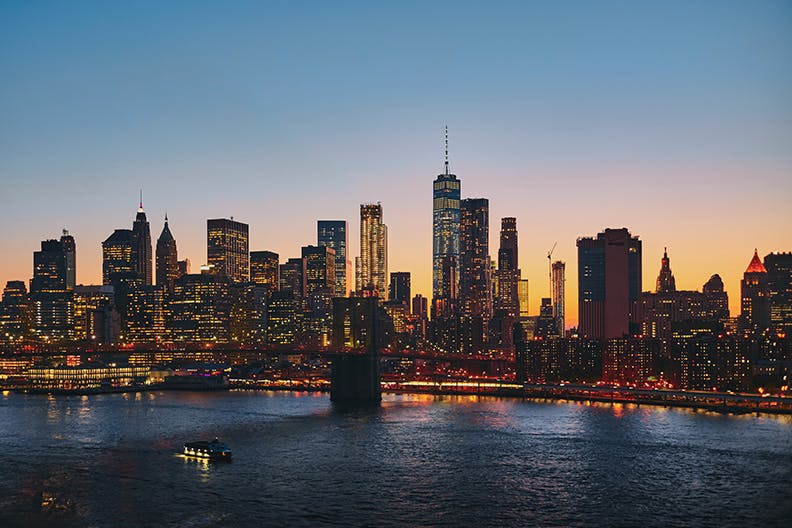
New York City is the largest city in the United States, when measuring by population. Every year, New York City experiences 38,153 total crimes and over 1,832 burglaries. Is New York City a safe place? Should homeowners and renters use home security systems? Here is everything you need to know about the City That Never Sleeps.

How to Measure Crime
To measure crime in New York City, we first need to know how to measure criminal activity. New York City has a population of 8,461,961 people and has a total of 174,164 crimes. Is this safe, or dangerous, considering the high population?
To determine the safety levels of a city, we need to take a look at crime rates. The FBI Crime Reporting Statistics publishes crime rates. The rates are recorded as “the number of crimes per 100,000 people.” The numbers are created to be uniform, meaning that you can compare the crime rates of a small town in Alaska to the crime rates of New York City.
The FBI publishes the national crime rate to create a national average. The national average crime rate creates a baseline for crime in the United States. If a city has a crime rate that is higher than the national average, the city is considered more dangerous than average. If the city has a crime rate that is lower than the national average, the city is considered safer than average.
The national crime rate is 2,744 total crimes per 100,000 people. The national crime rate can also be separated into two categories of crime: violent crime and property crime.
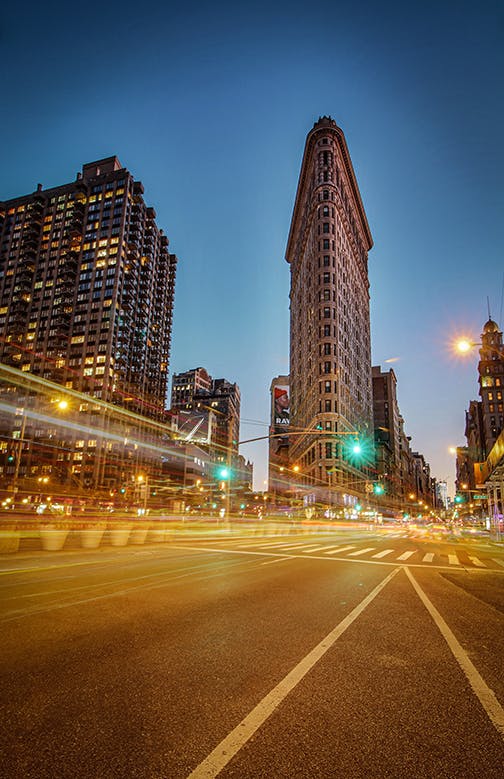
Violent crime includes murder, rape, robbery, and assault. The national violent crime rate is 382 violent crimes per 100,000 people. The national violent crime rate can also be separated into separate crime rates for murder, rape, robbery, and assault. The crime rates for murder, rape, robbery, and assault are:
- National Murder Rate: 5 murders per 100,000 people
- National Rape Rate: 43 rapes per 100,000 people
- National Robbery Rate: 86 robberies per 100,000 people
- National Assault Rate: 247 assaults per 100,000 people
Property crime is defined as burglary, theft, and motor vehicle theft (car theft). The national property crime rate is 2,362 property crimes per 100,000 people. The property crime rates for burglary, theft, and car theft are:
- National Burglary Rate: 376 burglaries per 100,000 people
- National Theft Rate: 1,595 thefts per 100,000 people
- National Car Theft Rate: 229 car thefts per 100,000 people
These crime rates are important in order to know whether New York City is safe or dangerous. So, is New York safe?
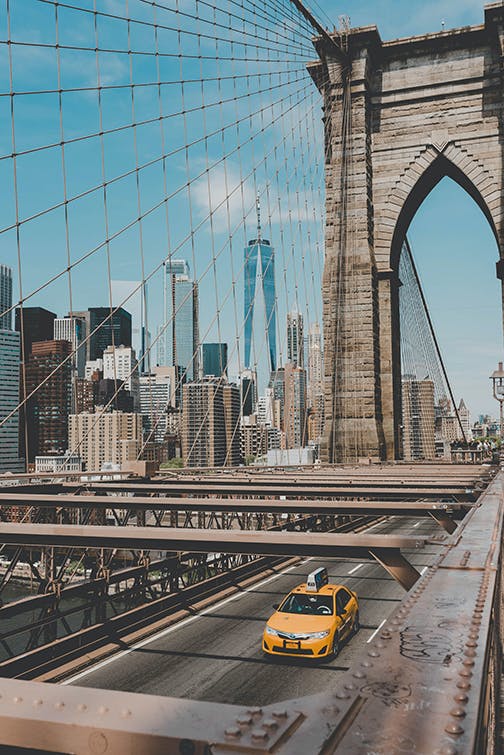
Is New York Safe?
New York City, the city with the highest population in the United States, has crime rates to match the high population. The total crime rate in this city is 2,043 crimes per 100,00 people, which is lower than the national average, yet nearly twice as high as the New York state average.
Typically, crime rates are lower on the East Coast, compared to the rest of the United States. In fact, four out of five of the top five safest cities in America are located on the East Coast. So, compared to other large cities on the East Coast, New York City is more dangerous. However, compared to the national average, New York City is a fairly safe place to be.
The violent crime rate in New York City is 541 violent crimes per 100,000 people. Although the city as a whole is safer, there are more violent crimes than the national average. New York has 141 percent more violent crimes than the national violent crime rate. The crime rates for murder, rape, robbery, and assault in New York City are:
- New York City Murder Rate: 3.5 murders per 100,000 people
- New York City Rape Rate: 33 rapes per 100,000 people
- New York City Robbery Rate: 152 robberies per 100,000 people
- New York City Assault Rate: 352 assaults per 100,000 people
New York City has 176 percent more robberies and 143 percent more assaults than the national average. Residents living in New York City have a 1 in 184 chance of becoming a victim of violent crime.
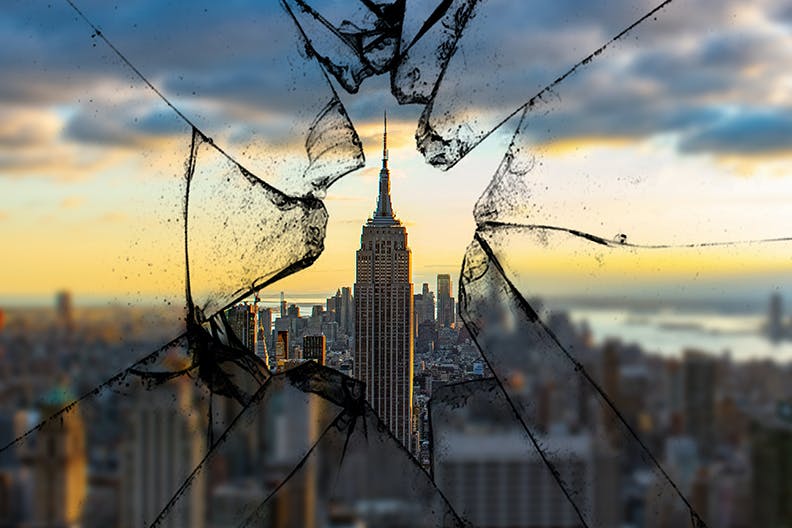
The property crime rate in New York City is 1,502 property crimes per 100,000 people, which is 146 percent lower than the national average. In terms of property crime, New York City (when seen as a whole) is fairly safe. The property crime rates for burglary, theft, and car theft are:
- New York City Burglary Rate: 127 burglaries per 100,000 people
- New York City Theft Rate: 1,310 thefts per 100,000 people
- New York City Car Theft Rate: 64 car thefts per 100,000 people
Car theft is incredibly low in New York City. In fact, the car theft rate in New York City is 356 percent lower than the national average. Although this could be simply that few people own cars in the crowded city, it’s still a notable figure.
However, just because the city has a low crime rate, doesn’t mean that every neighborhood is safe. Crime rates are made by combining all crimes reported in the city and taking the average.
Typically, according to the FBI Crime Reports, high crime rates are consolidated to a five-block area. These high crime areas are scattered across the city, creating extremely dangerous zones within low crime areas.

Which Areas in New York City Are Unsafe?
According to AreaVibes, the top five most dangerous neighborhoods have 200 percent more violent crimes than the national average. Here are the top five most dangerous neighborhoods:
1. Downtown
Downtown New York City has the highest violent crime rate in the city. The overall crime rate in Downtown is 423 percent higher than the national average crime rate. There is a 1 in 8 chance of becoming a victim of either crime (violent crime or property crime). Each year, Downtown has 2,083 violent crimes for every 100,000 people. Residents have a 1 in 48 chance of becoming a victim of violent crime while living in the downtown area.
The property crime rate in Downtown New York City is 11,400 property crimes per 100,000 people. This means that residents living in the downtown area have a 1 in 11,400 chance of experiencing property crime. The two most common property crimes in Downtown New York City are theft and burglary.
2. Mott Haven
Mott Haven is the second most dangerous neighborhood in New York City. Mott Haven has a population of 70,301 people and reports a total of 4,522 crimes per 100,000 people. The violent crime rate in Mott Haven is 1,749 violent crimes per 100,000 people, which is 457 percent higher than the national average violent crime rate and 498 percent higher than the New York state average.
The property crime rate is Mott Haven is 2,795 property crimes per 100,000 people. Residents living in Mott Haven have a 1 in 35 chance of becoming a victim of property crime. Burglary rates are fairly high in this neighborhood, making it important that homeowners and renters protect their property from home intrusions.
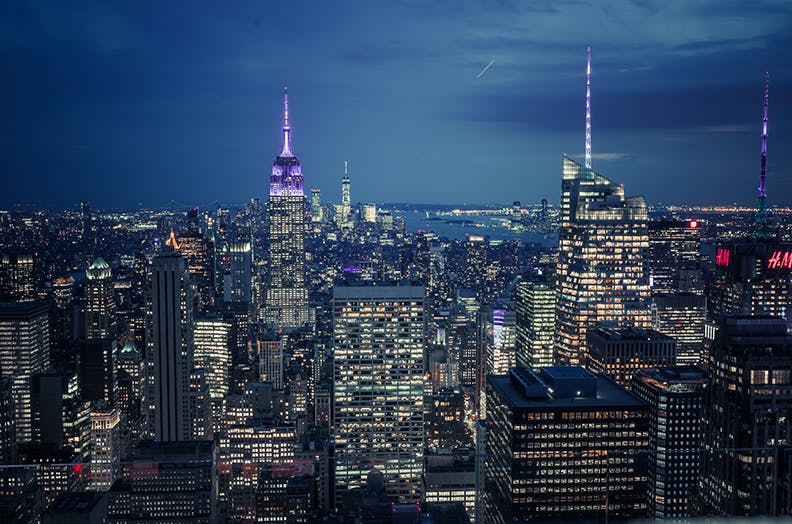
3. Hunts Point
Hunts Point is the third most dangerous neighborhood in New York City. The area has a population of 22,864 people and has a total crime rate of 3,991 crimes per 100,000 people. Residents living in Hunts Point have a 1 in 25 chance of becoming a victim of either violent crime or property crime. The violent crime rate in Hunts Point is 1,667 violent crimes per 100,000 people, meaning that residents have a 1 in 59 chance of becoming a victim of violent crime.
The property crime rate in Hunts Point is 2,324 property crimes per 100,000 people. The chances of becoming a victim of property crime in Hunts Point is 1 in 44. Residents living in this area should carry a personal alarm and pepper spray in order to protect themselves from crime while walking the streets.
4. East Harlem
East Harlem is the fourth most dangerous neighborhood in New York City. East Harlem has a population of 57,412 people and has a total crime rate of 4,000 crimes per 100,000 people. Residents have a 1 in 25 chance of becoming a victim of either violent crime or property crime. The violent crime rate in East Harlem is 1,386 violent crimes per 100,000 people. The most common violent crime in East Harlem is assault, making it vital that residents carry some form of personal protection while walking.
The property crime rate in East Harlem is 2,613 property crimes per 100,000 people. The property crime rate is 118 percent higher than the national average. Residents have a 1 in 38 chance of experiencing property crime while living in East Harlem.
5. Midtown
The fifth most dangerous neighborhood in New York City is Midtown. Midtown has a total population of 62,515 people. The area has a crime rate of 8,700 crimes per 100,000 people. Residents living in Midtown have a 1 in 11 chance of becoming a victim of either violent crime or property crime. The violent crime rate in Midtown is 1,203 violent crimes per 100,000 people. Midtown’s violent crime rate is 314 percent higher than the national average.
The property crime rate in Midtown is 7,497 property crimes per 100,000 people. The property crime rate is 340 percent higher than the national average. Residents have a 1 in 13 chance of becoming a victim of property crime.
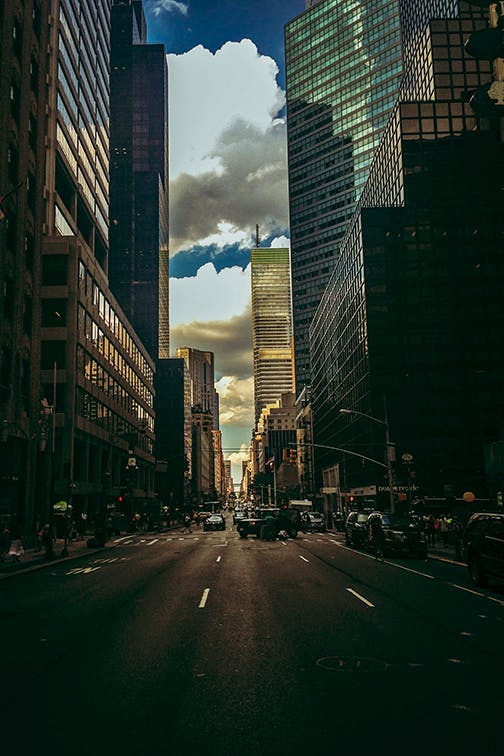
Best Protection Against Crime in New York City
No matter where you live in New York City, you will face threats of burglary, theft, and home invasions. Homeowners and renters should protect their families by securing their homes.
In May 2020, home burglary increased by 126 percent, compared to burglary rates in 2019. Commercial burglary increased by 400 percent. Homeowners often grow complacent in their homes, thinking that bad things only happen to other people, never to themselves. Complacency encourages burglars to target homeowners since the homeowners stop locking their door and stop arming their security systems.
Here are the best ways to protect against crime in New York City:
Install a Home Security System
According to a study conducted by North Carolina University at Charlotte, burglars target homes for “money, drugs, foolishness, and thrill-seeking.” Of the burglars who were surveyed for the study, 88 percent said that they broke into homes in order to get money to fuel their addiction to drugs. Of the money that was stolen from homes, the burglars reported spending 64 percent of the money on drugs. The study also found that one-third of burglars collect information on the homeowners before attempting to burglarize the home (a tactic called “casing”).
One of the most important statistics from the study found that 60 percent of burglars would completely avoid a home if there were an alarm present. Of the 40 percent who continue to burglarize a home with an alarm, nearly all of them would flee the scene if the alarm was triggered.
This tells us that home security systems are one of the most important home security features that a homeowner can install to protect their house. Home security systems act both as defense and offense against a potential intruder. The alarm will stop your home from being a target in 60 percent of cases, making it unlikely that your home will ever be chosen as the target for a burglary attempt.
Home security systems in New York come with indoor cameras, motion sensors, door and window sensors, and a variety of other security features that will protect your home from intruders.
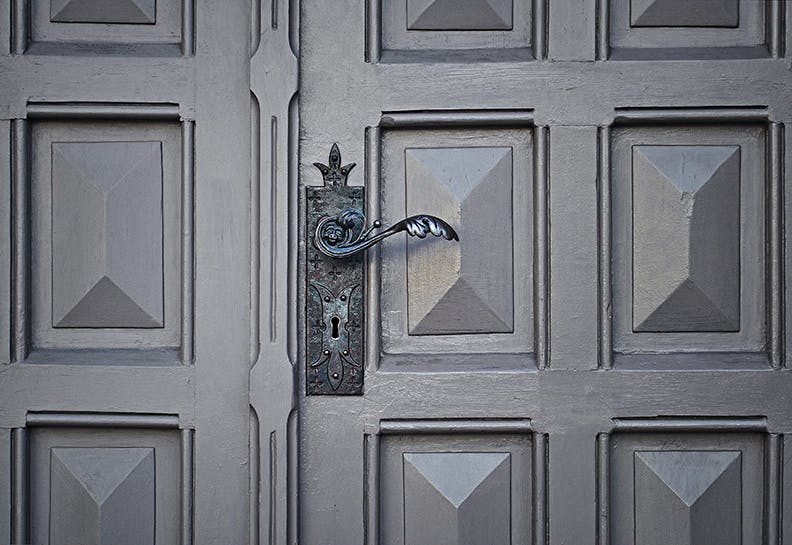
Lock Your Doors
If you live in New York City, you should always lock your doors, even if you’re inside the house. According to burglary statistics, one-third of burglars enter homes by simply walking through the front door. A shocking 20 percent of Americans rarely lock their doors when they leave the house, leaving their homes vulnerable to intruders.
Carry Personal Protection
While traveling on the streets of New York City, it’s important to stay well protected. One of the best ways to protect yourself on the streets is by carrying items that will help you either escape an attacker or startle an attacker. The two best items for personal protection in New York City are pepper spray and a personal alarm.
Pepper spray is a useful device that comes in a small portable container. The container is no larger than a finger’s length, making it ideal for carrying in your purse or on a keychain. The device has a small button on one side; when the button is pressed, the device shoots out a stream of chemicals. According to SABRE, when a victim uses pepper spray on an attacker, the attacker will experience the following symptoms:
- Swelling of the eyes, nose, and throat.
- Nasal and sinus discharge.
- Coughing.
- Shortness of breath.
- Drying of the eyes.
- Involuntary eye closure.
- Painful burning of the skin.
- Hyperventilation.
This is meant to allow the victim time to escape from the attacker, by momentarily disarming the attacker. While traveling in dangerous areas in New York City, residents should always carry pepper spray.
Residents should also carry a personal alarm. A personal alarm is a small device, typically smaller than the palm of your hand. The device is composed of one button. When the button is pressed, the device emits a loud shrieking sound that can be heard for a mile in each direction. This loud sound is meant to alarm the attacker, giving the victim time to escape. The sound will also alert others in the area that something is wrong, calling for help.
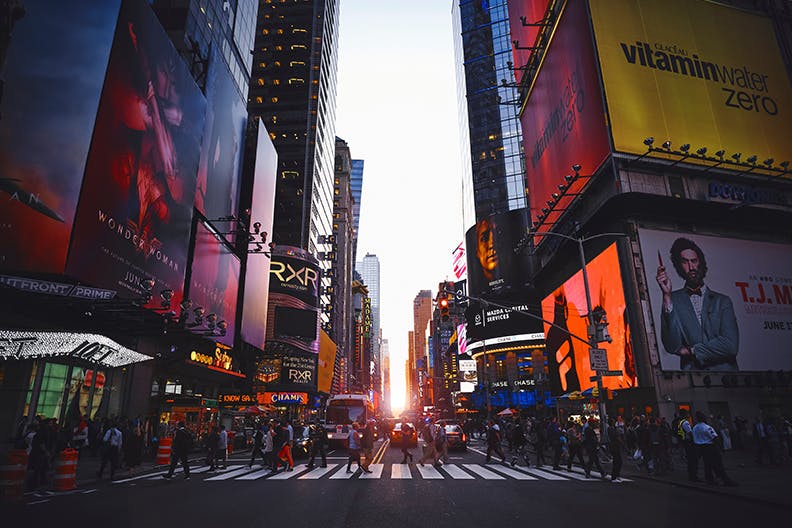
Features NYC Homeowners Need in a Security System
Regardless of where a homeowner lives in New York City, homeowners should install a home security system. Home security systems are the best form of protection for New York residents because they offer a wide variety of devices and features that will protect the home. For New York homeowners and renters, here are the most important features to look for in a home security system.
Easy Installation
Every New York homeowner or renter needs a system that can be installed quickly and easily. New York life moves quickly, and homeowners rarely have time to set up hour-long appointments with home security companies. Instead, the best option for New York homeowners is a DIY alarm system. DIY means do-it-yourself and allows homeowners to install the entire system in less than 20 minutes. DIY systems are the easier, more secure home security meant for the modern homeowner.
Wireless Setup
Your home security system is meant to act as the security guard for your home. Occasionally, you may want your camera in the front room. Another day, you might want to move the security camera to the baby’s room. With a wireless alarm system, it’s suddenly possible to have a flexible security solution. A wireless alarm system grants homeowners executive protection. Monitoring can be done from anywhere in the home, and the system can be moved from room to room to ensure that the homeowner has peace of mind.
HD Indoor Cameras
One of the most important features of an alarm system is an HD indoor camera. Sadly, only 13 percent of burglar cases are solved every year. This low percentage is due to the lack of evidence for the burglar case. Without video surveillance, there is no evidence for who broke into the home. Without that evidence, it’s nearly impossible to solve the burglary case. Home security cameras are vital to home automation, meant to fully protect the home. HD video surveillance cameras ensure that every detail is captured in perfect clarity, increasing the odds that the burglar will be caught.
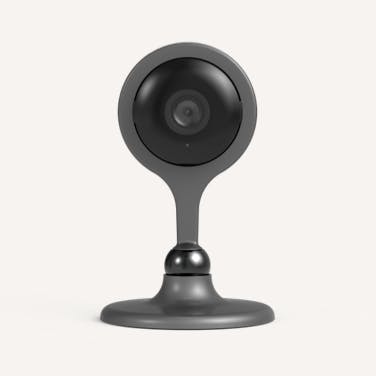
PIR Motion Detectors
A PIR motion detector using passive infrared motion detection in order to “detect” movement. The motion sensor picks up on infrared radiation, a natural type of radiation that is emitted from all living things. PIR motion detection uses little energy and is the most effective type of motion detection. They are also the perfect burglar alarm since they set off an alarm as soon as the burglar moves into view. PIR motion sensors will help to resolve any security concerns that the worried homeowner might have.
Door and Window Alarms
Door and window alarms are a must-have for every homeowner’s security needs. These alarms are created to arm the door and windows in the house. If a door or window is opened while the security system is armed, the alarms will trigger, setting off a cascade of sirens in the home. These sensors are meant to prevent a burglar from entering the home. Since one-third of burglars enter the home through the front door, door sensors are a vital tool to use. Another 15 percent of burglars will use a first-floor window to gain access to the home. Door and window alarms help to protect the home by adding security where it matters most.
Professional Monitoring
For the New York City homeowner or renter, professional monitoring is a must-have. Professional monitoring is provided by the security company. The company has access to your alarm system, monitoring when the alarms are triggered. If an alarm is triggered, the security company will attempt to get in contact with the homeowner. If the homeowner either confirms that they did not set off the alarm or if the homeowner doesn’t answer, the alarm company will alert the police.
Remote Access
Remote access is a feature that is limited to smart security. Smart security allows the homeowner to monitor the security system from a remote location. Through a mobile device, homeowners can monitor the system. Smart remote access allows the homeowner to have live access to security cameras, notifications, and other security features.
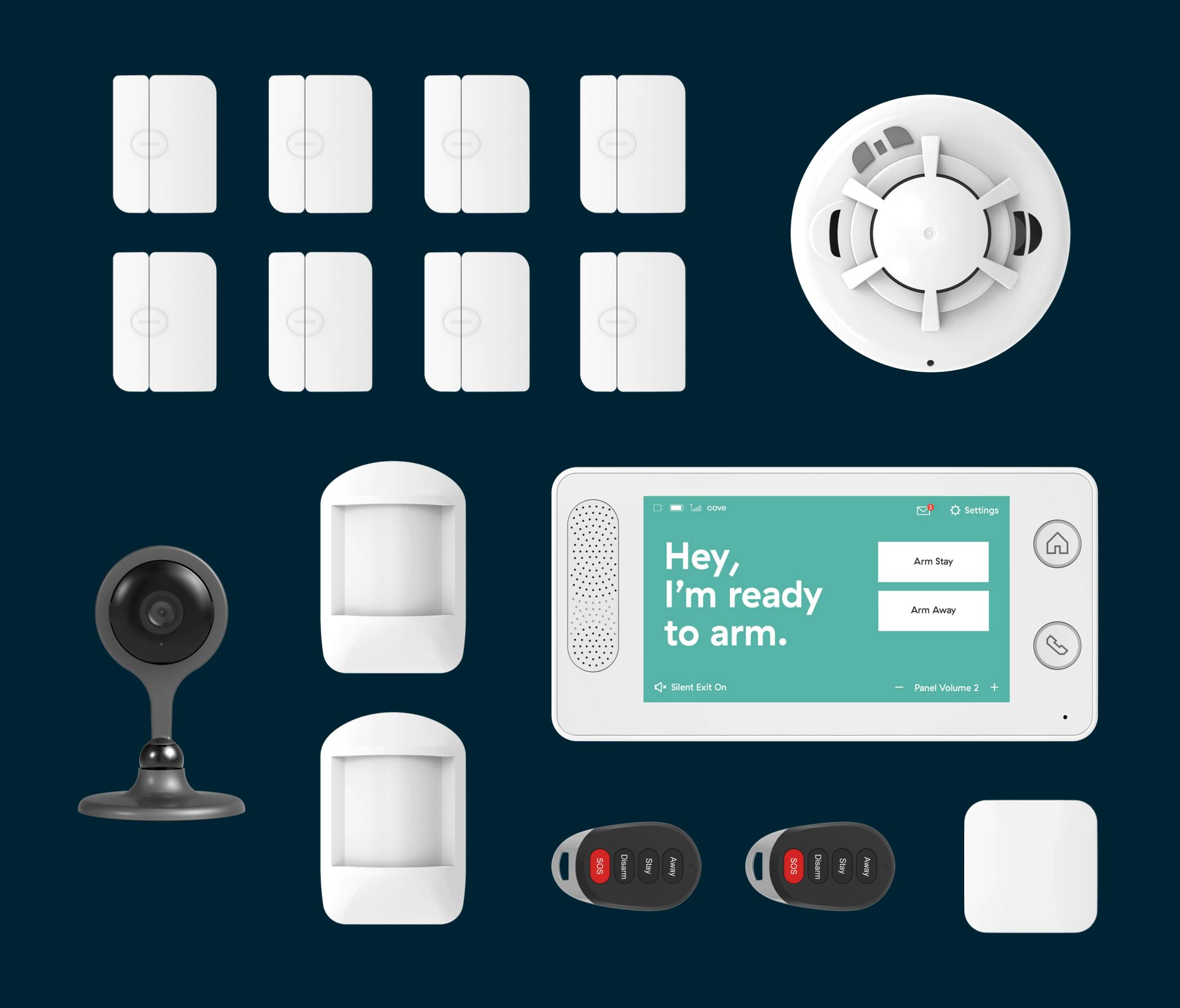
Best Home Security Systems in New York City
The best home security system for homeowners, renters, and business owners in New York City is Cove Security. Cove offers a wide array of home security features and tools that are meant to guard every entrance to the house. Cove’s professional burglar alarm systems include door and window alarms, surveillance cameras, motion sensors, fire alarm systems, carbon monoxide detectors, and more. The system is one of the only complete security DIY systems offered in New York City.
What makes Cove best for New York residents is the fact that the security systems are inexpensive and easy to install. They fit in with the busy New York lifestyle, allowing homeowners to monitor their homes from their phones while traveling through the city on the subway. The systems cost only $15 a month, which is three times less than what competitors ask for.
Cove Security is the perfect option for New York homeowners. By offering outstanding customer service, high-quality products, and 24/7 home monitoring, this system ranks as the best home security system for New Yorkers.
